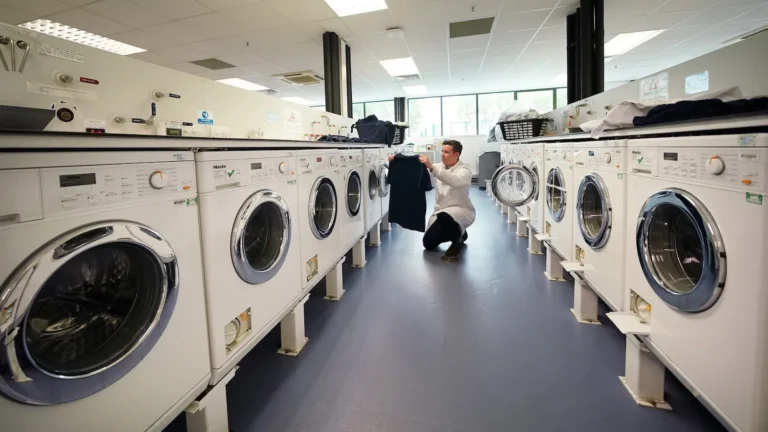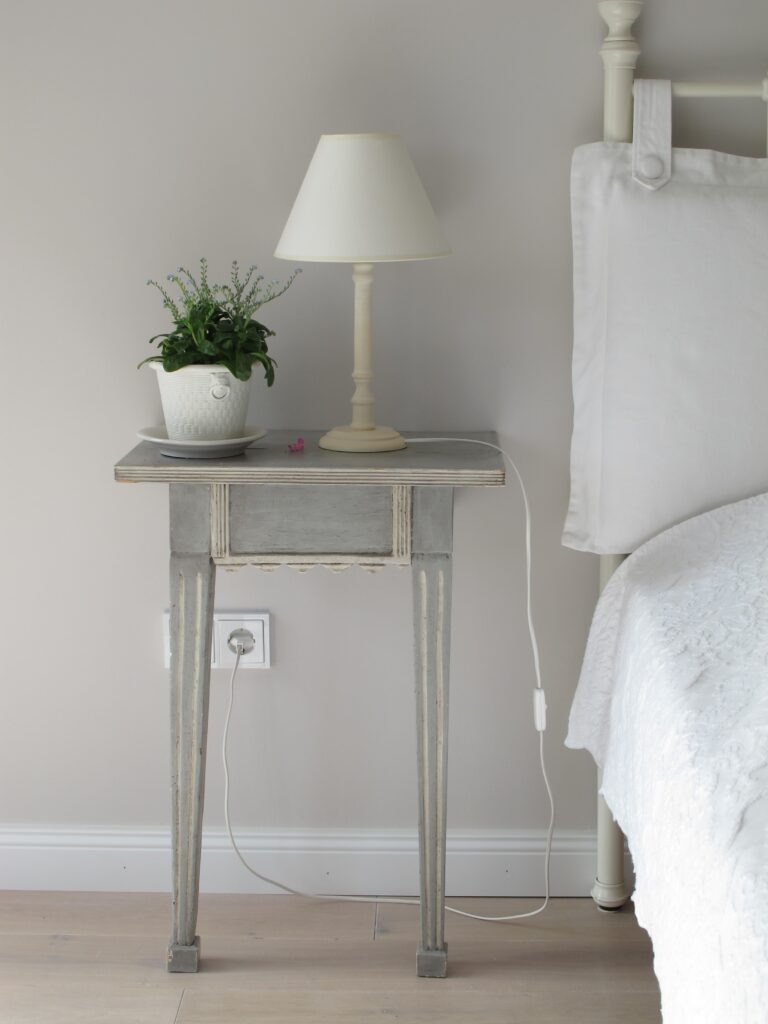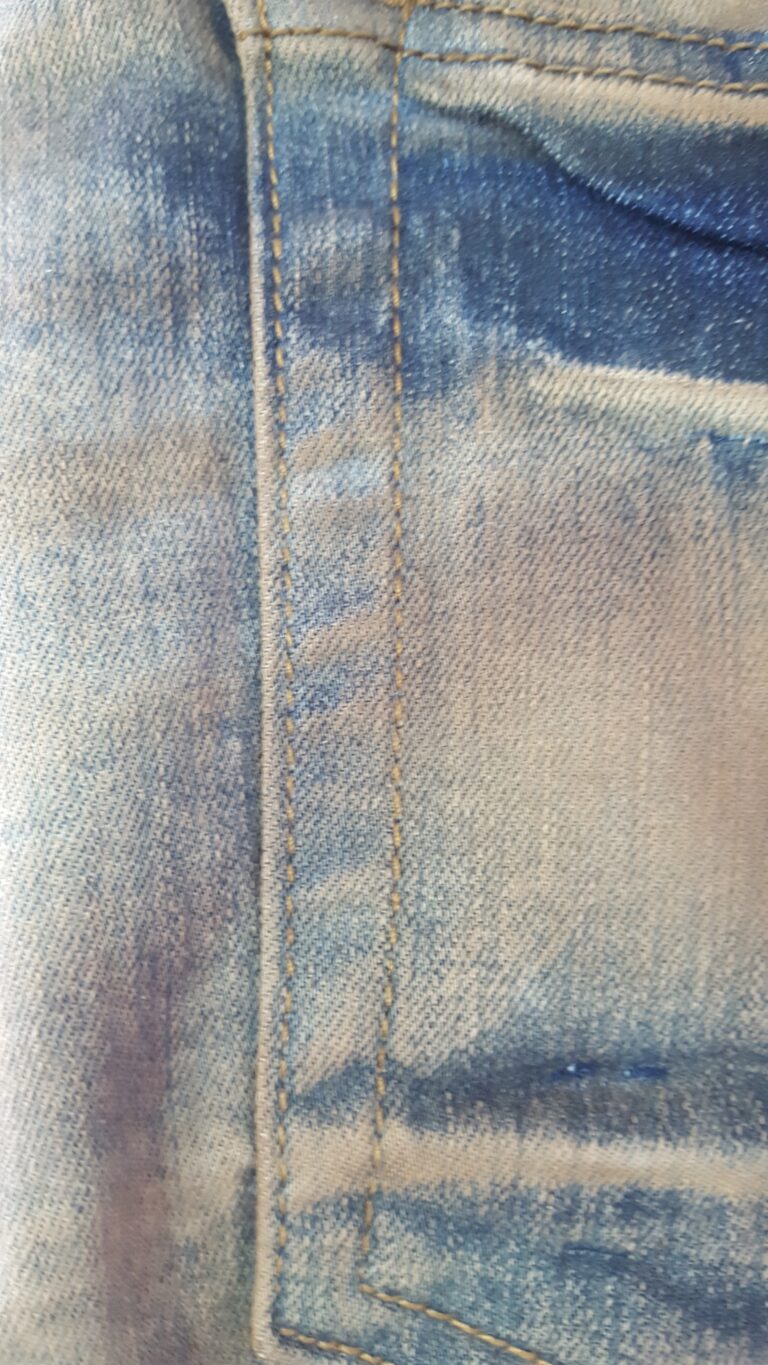Saqib Rahim
How do you tackle microplastics? Start with your washing machine.
As environmental challenges go, microfiber pollution has come from practically out of nowhere. It was only a decade or so ago that scientists first suspected our clothing, increasingly made of synthetic materials like polyester and nylon, might be major contributors to the global plastic problem.
Today a growing body of science suggests the tiny strands that slough off clothes are everywhere and in everything. By one estimate, they account for as much as one-third of all microplastics released to the ocean. They’ve been found on Mount Everest and in the Mariana Trench, along with tap water, plankton, shrimp guts, and our poo.
Research has yet to establish just what this means for human and planetary health. But the emerging science has left some governments, particularly in the Global North, scrambling to respond. Their first target: the humble washing machine, which environmentalists say represents a major way microfiber pollution reaches the environment.
Late last month a California State Assembly committee held a hearing on Assembly Bill 1628, which would require new washing machines to include devices that trap particles down to 100 micrometers — roughly the width of human hair — by 2029. The Golden State isn’t alone here, or even first. France already approved such a requirement, effective 2025. Lawmakers in Oregon and Ontario, Canada have considered similar bills. The European Commission says it’ll do the same in 2025.
Environmental groups, earth scientists and some outdoor apparel companies cheer the policies as an important first response to a massive problem. But quietly, some sustainability experts feel perplexed by all the focus on washers. They doubt filters will achieve much, and say what’s really needed is a comprehensive shift in how we make, clean and dispose of clothes.
The wash is “only one shedding point in the lifecycle of the garment. To focus on that tiny, tiny moment of laundry is completely nuts,” said Richard Blackburn, a professor of sustainable materials at the University of Leeds. “It would be much better to focus on the whole life cycle of the garment, of which the manufacturing stage is much more significant in terms of loss than laundering, but all points should be considered.”
Today, some 60 percent of all textiles incorporate synthetic material. Anyone who’s worn yoga pants, workout gear or stretchy jeans knows the benefits: These materials add softness, wicking and flexibility. Under a microscope, though, they look a lot like plain old plastic. From the moment they’re made, synthetic clothes — like all clothes — release tiny shreds of themselves. Once liberated these fibers are no easier to retrieve than glitter tossed into the wind. But their size, shape, and tendency to absorb chemicals leaves scientists concerned about their impacts on habitats and the food chain.
Anja Brandon is an associate director for U.S. plastics policy at the Ocean Conservancy who has supported the California and Oregon bills. She concedes that filters won’t fix the problem, but believes they offer a way to get started. She also supports clothing innovations but said they could be years away. “I for one don’t want to wait until it’s a five-alarm fire,” she said.
Studies suggest a typical load of laundry can release thousands or even millions of fibers. Commercially available filters, like the PlanetCare, Lint LUV-R and Filtrol, strain the gray water through ultra-fine mesh before flushing it into the world. It’s the owner’s job, of course, to periodically empty that filter — ideally into a trash bag, which Brandon said will secure microfibers better than the status quo of letting them loose into nature.
Washing machine manufacturers in the U.S. and Europe have pushed back, saying the devices pose technical risks, like flooding and increased energy consumption, that must be addressed first. University experiments with these filters, including an oft-cited 2019 study by the University of Toronto and the Ocean Conservancy, haven’t found these issues, but it’s not a closed case yet: Last year a federal report on microfibers, led by the Environmental Protection Agency and National Oceanic and Atmospheric Administration, called for more research in this vein.
Manufacturers also argue that microfibers originate in a lot of places, but washers are a relatively modest one. As self-serving as that sounds, people who study the issue agree there’s a huge hole in the available science: While we know clothes shed microfibers throughout their lives, we know surprisingly little about when most of it happens.
Some evidence suggests that the friction of simply wearing clothes might release about as many microfibers as washing them. Then there are dryers, which some suspect are a major source of microfiber litter but have been barely studied, according to the federal report. There is also limited knowledge about how much microfiber pollution comes from the developing world, where most people wash by hand. (A recent study led by Hangzhou Dianzi University in Hangzhou, China pointed to this knowledge gap – and found that hand-washing two synthetic fabrics released on average 80 to 90 percent fewer microfiber pollution than machine-washing.)
To Blackburn, it’s obvious that most releases occur in textile mills, where it’s been known for centuries that spinning, weaving, dyeing and finishing fabric spritzes lots of fiber. “Where do you think it goes when we get it out of the factory?” he said. “It goes into the open air.”
He calls filter policies “totally reactionary,” arguing that they would at best shave a few percentage points off the total microfiber problem. But there is one area where Blackburn is in broad agreement with environmentalists: In the long run, tackling the issue will take a lot of new technology. No silver-bullet solution has appeared yet, but a slew of recent announcements reveals a vibrant scene of research and development attacking the problem from many angles.
Some best practices already are known within the industry. For example, more tightly woven clothes, and clothes made of long fibers rather than short ones, fray less. But for years, popular brands like Patagonia and REI have said what they really need is a way to experiment with many different materials and compare their shedding head to head. This has been tricky: Microfibers are, well, micro, and there’s no industry standard on how to measure them.
That might be changing. In separate announcements in February, Hohenstein, a company that develops international standards for textiles, and activewear brand Under Armour revealed new methods in this vein. Under Armour is targeting 75 percent “low-shed” fabrics in its products by 2030.
These approaches would at best reduce microfiber emissions, not eliminate them. So another field of research is what Blackburn calls “biocompatibility”: making microfibers less harmful to nature. California-based companyIntrinsic Advanced Materials sells a pre-treatment, added to fabrics during manufacturing, that it claims helps polyester and nylon biodegrade in seawater within years rather than decades. Blackburn’s own startup, Keracol, develops natural dyes, pulled from things like fruit waste, that break down more easily in nature than synthetic ones.
New ideas to dispose of clothes are also emerging, though some will cause arched eyebrows among environmentalists. This year U.S. chemical giant Eastman will start building a facility in Normandy, France that it claims “unzips” hard-to-recycle plastics, like polyester clothes, into molecular precursors that can be fashioned into new products like clothes and insulation. Critics charge that such “chemical recycling” techniques are not only of dubious benefit to the environment, they’re really just a smokescreen for fossil-fuel corporations trying to keep their product in demand.
Lest anyone forget about washing machines, there’s R&D going after them, too. In January Patagonia and appliance giant Samsung announced a model that they claim cuts micro plastic emissions up to 54%. It’s already rolled out in Europe and Korea. At around the same time, University of Toronto researchers published research on a coating that, they claim, makes nylon fabric more slippery in the wash, reducing friction and thus microfiber emissions by 90 percent after nine washes. In a press release the researchers tut-tutted governments for their focus on washing-machine filters, which they called a “Band-Aid” for the issue.
One continuous thread through all these efforts, of course, is that everyone is working with imperfect information. The emerging science on microfibers – and microplastics in general – suggests they’re a gritty fact of modern life, but doesn’t yet show the magnitude of their harm to humans and other species. For the moment environmentalists, policymakers and manufacturers aren’t just debating whether to put filters on washing machines, but whether we know enough to act. In 20 years, when scientists know a lot more, it’ll be easier to judge whether today’s policies represented proactive leadership on an emerging environmental problem — or a soggy Band-Aid.
Editor’s note: Patagonia is an advertiser with Grist. Advertisers have no role in Grist’s editorial decisions.
This article originally appeared in Grist at https://grist.org/technology/how-do-you-tackle-microplastics-start-with-your-washing-machine/.
Grist is a nonprofit, independent media organization dedicated to telling stories of climate solutions and a just future. Learn more at Grist.org







